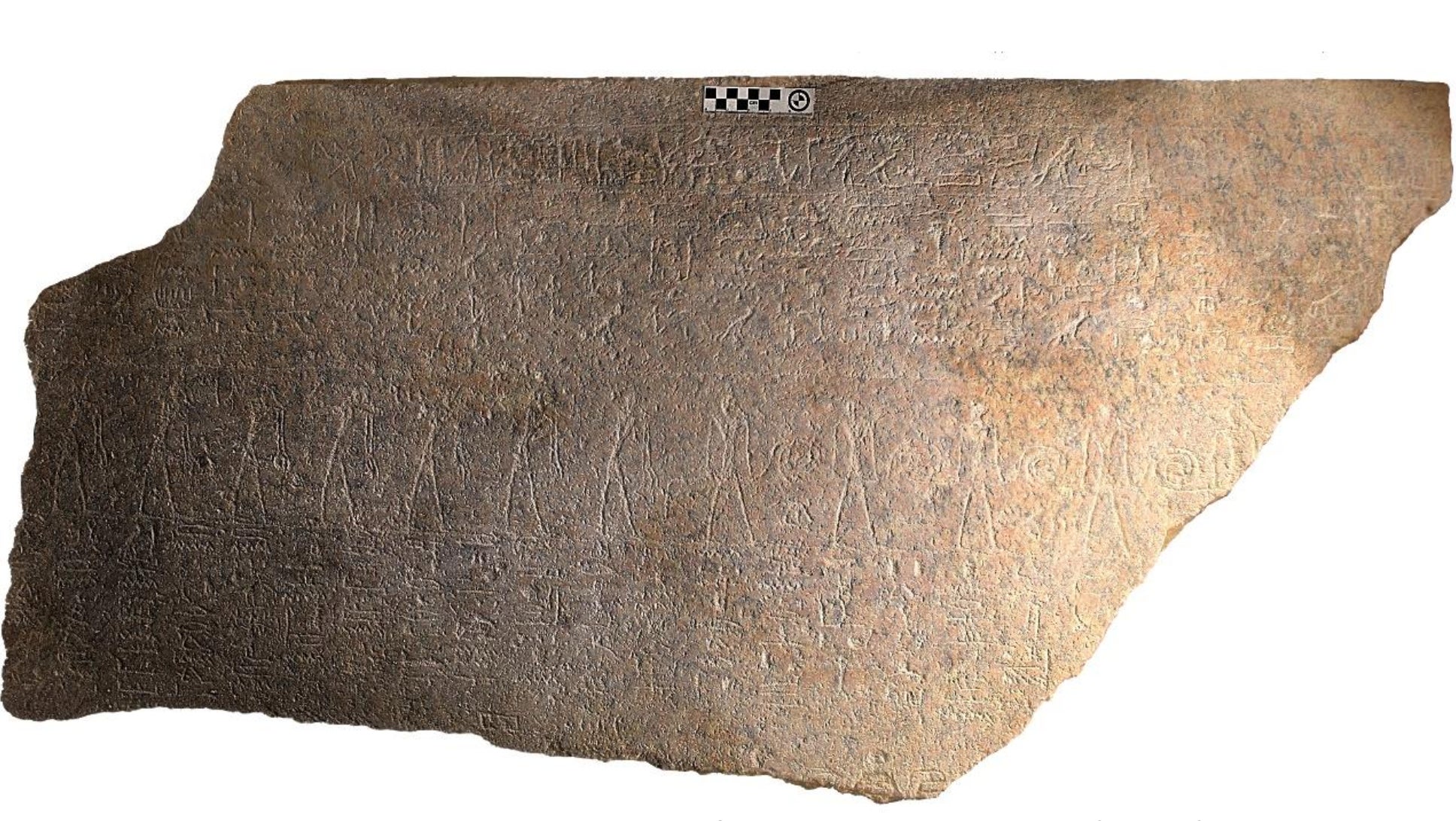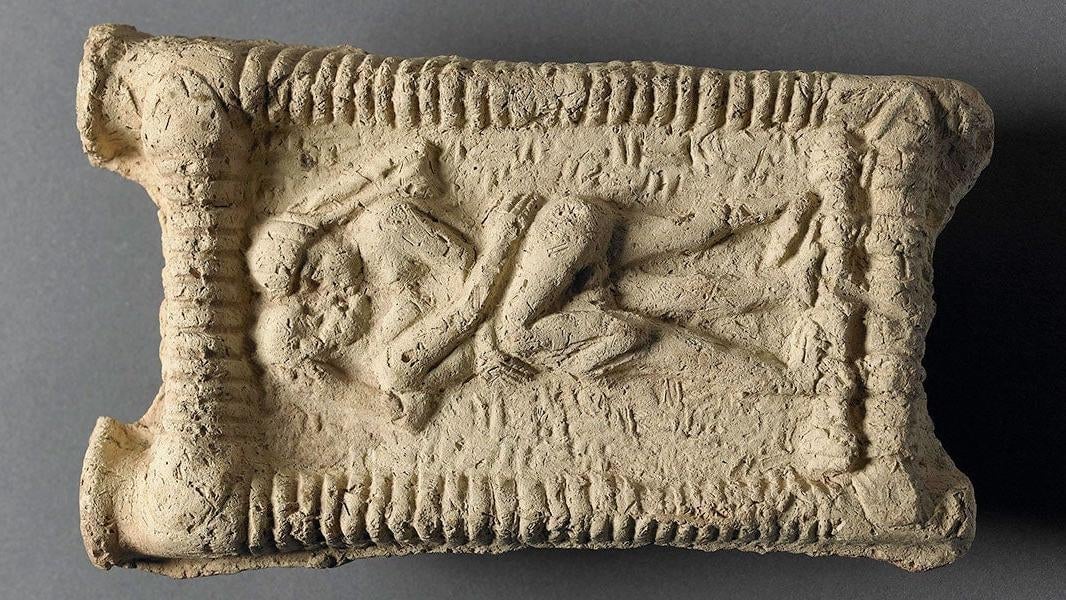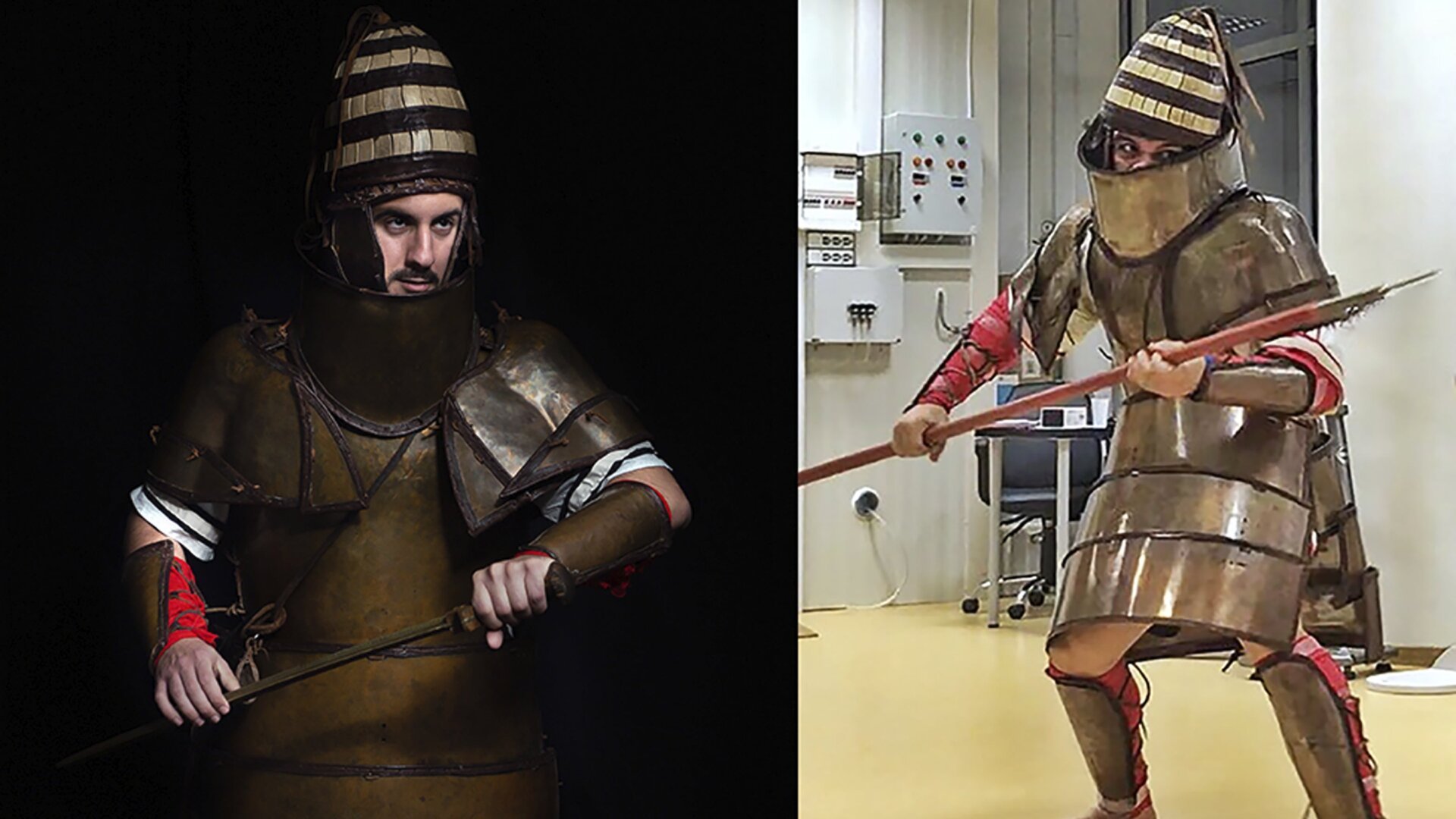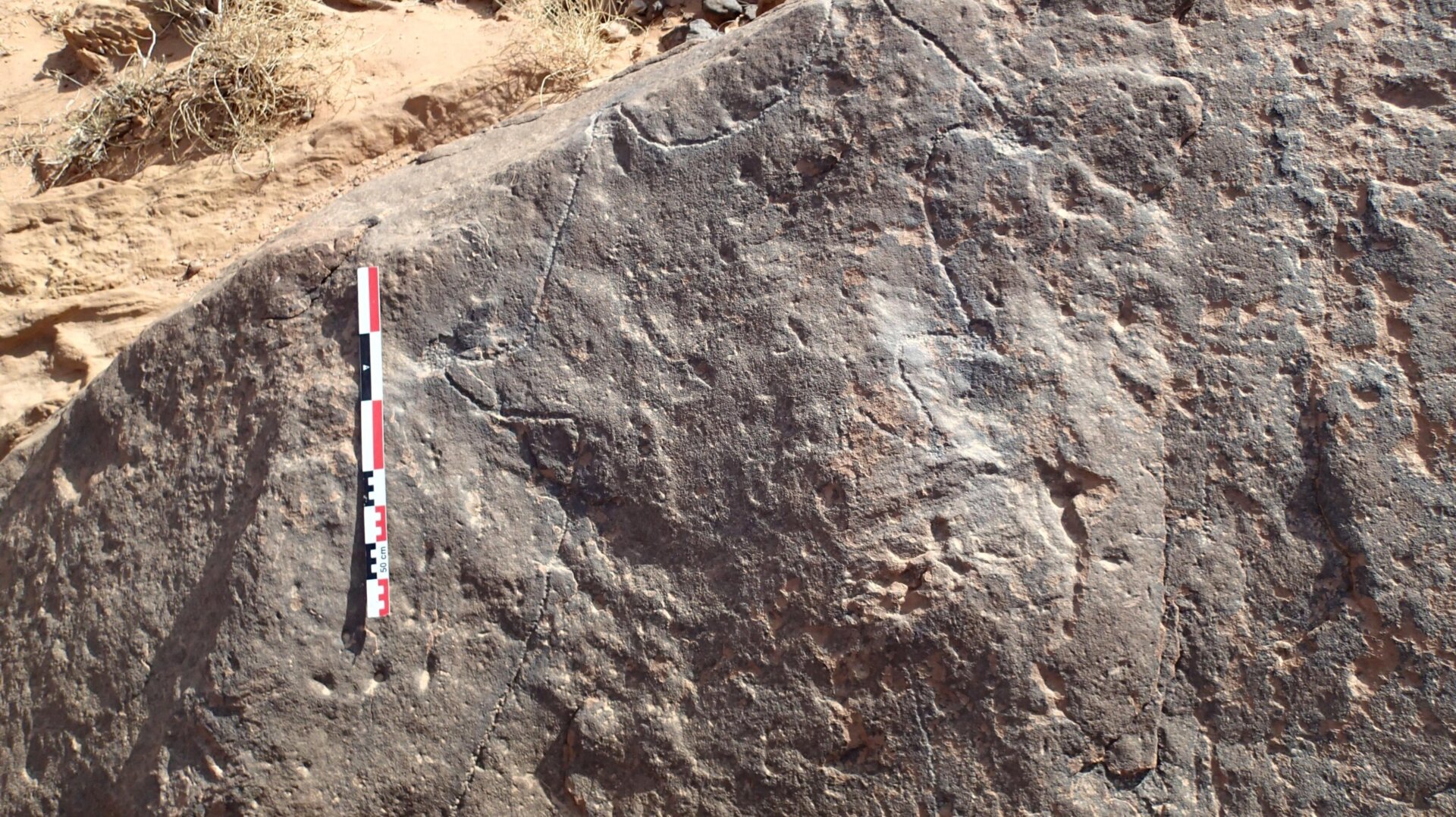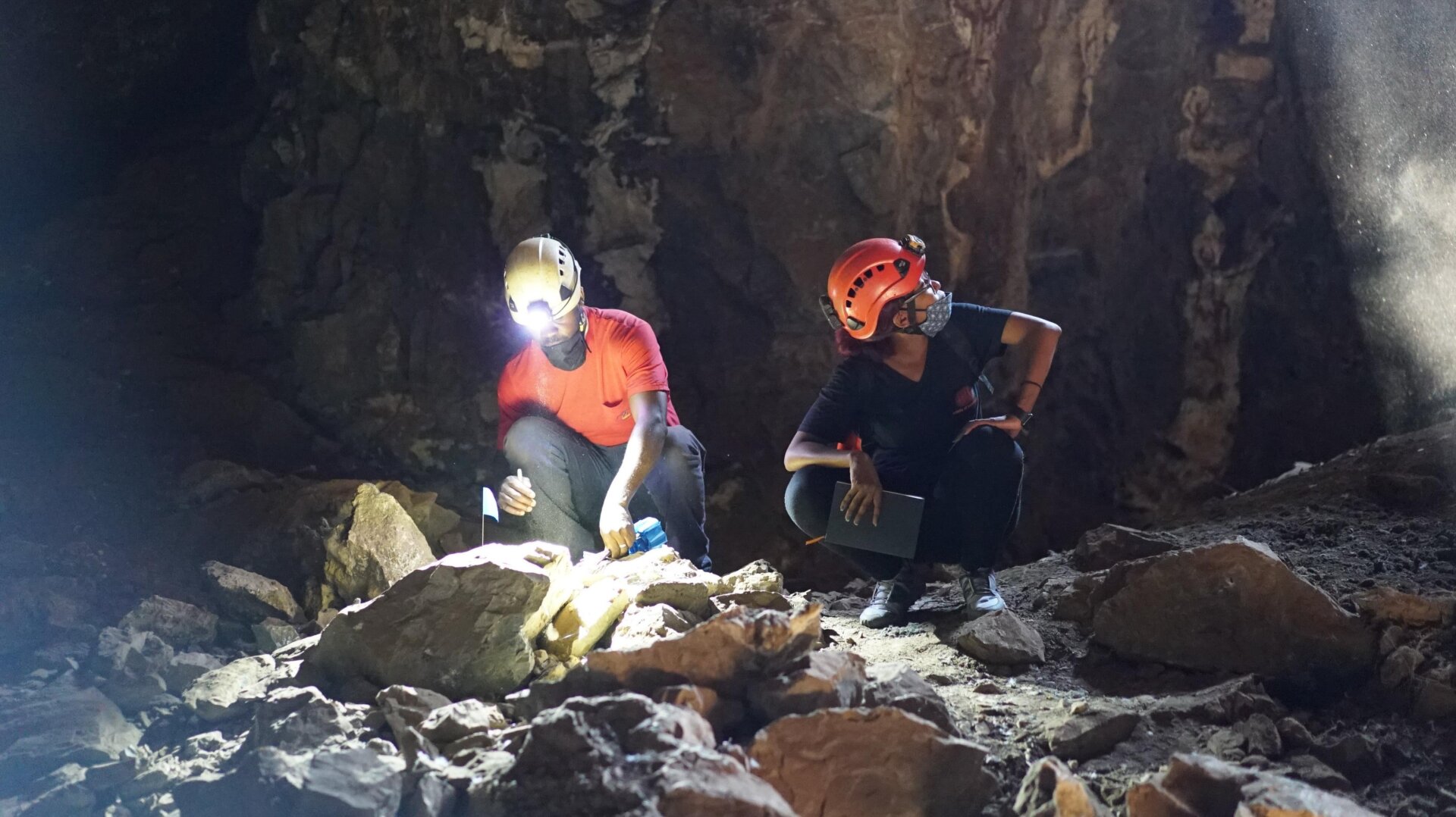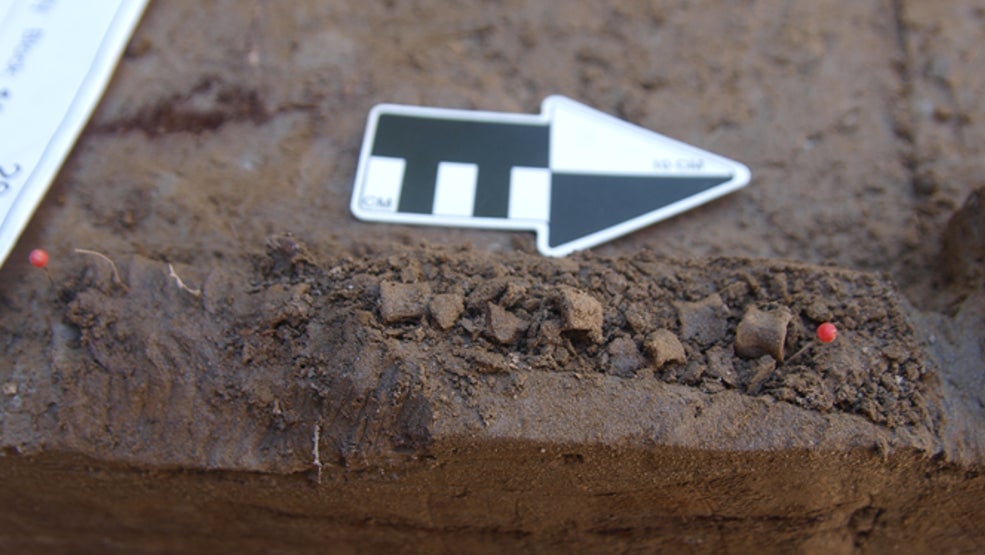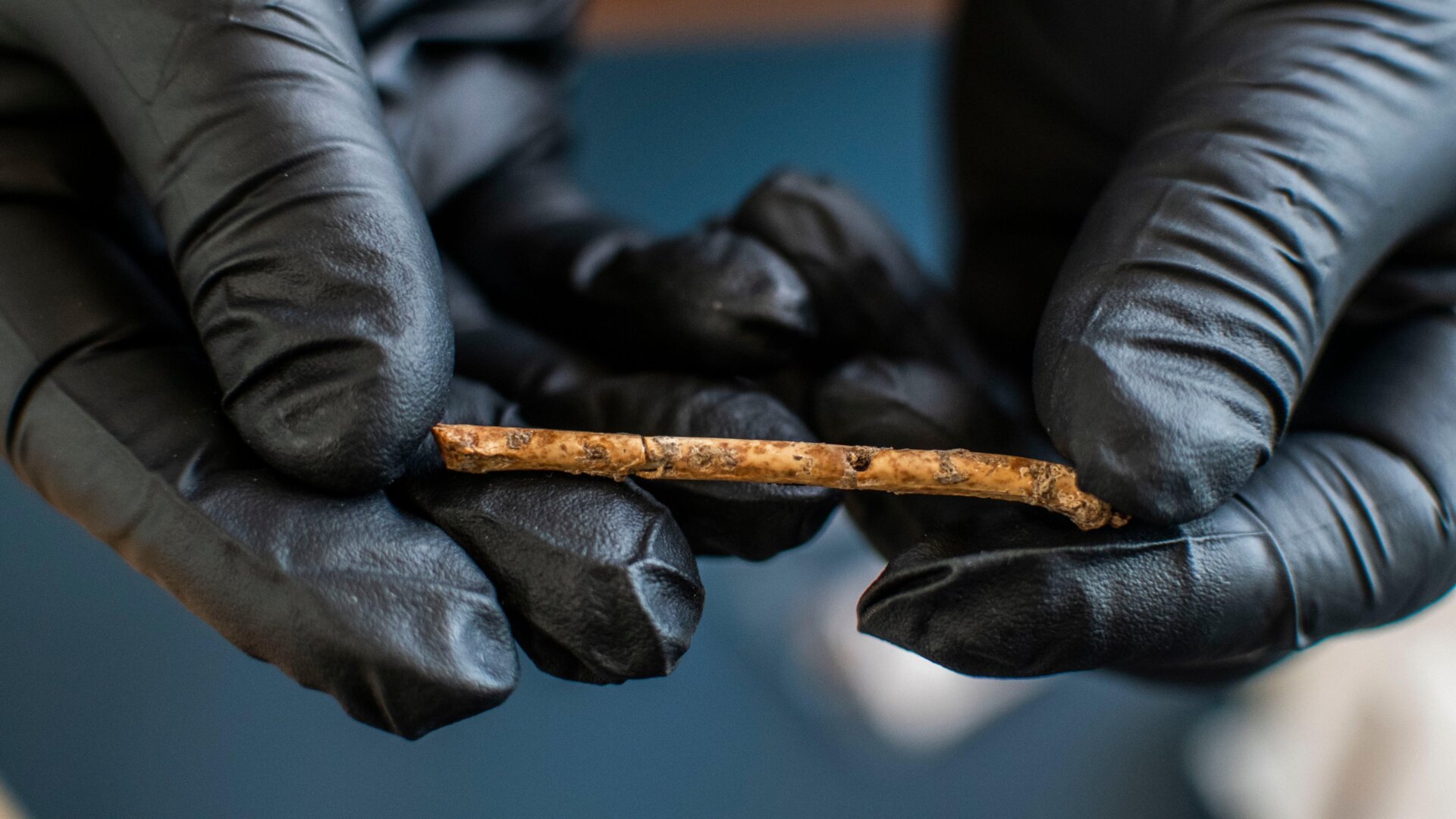A granite slab discovered in Abydos, Egypt, has been identified as a piece of Ramesses II’s sarcophagus, thanks to newly deciphered hieroglyphics. The finding sheds light on the burial practices and history of this iconic pharaoh.
Ramesses II, who ruled Egypt from 1279 BCE to 1212 BCE, lived an exceptionally long life, potentially fathering nearly 100 children. This recent discovery adds another layer to the fascinating story of his reign and afterlife. The stone fragment, initially unearthed in 2009, was originally believed to belong to a New Kingdom official. However, a recent re-examination of the hieroglyphics revealed a cartouche specifically referencing Ramesses II, confirming the slab’s connection to the pharaoh’s sarcophagus. This research was published in the Revue d’Égyptologie.
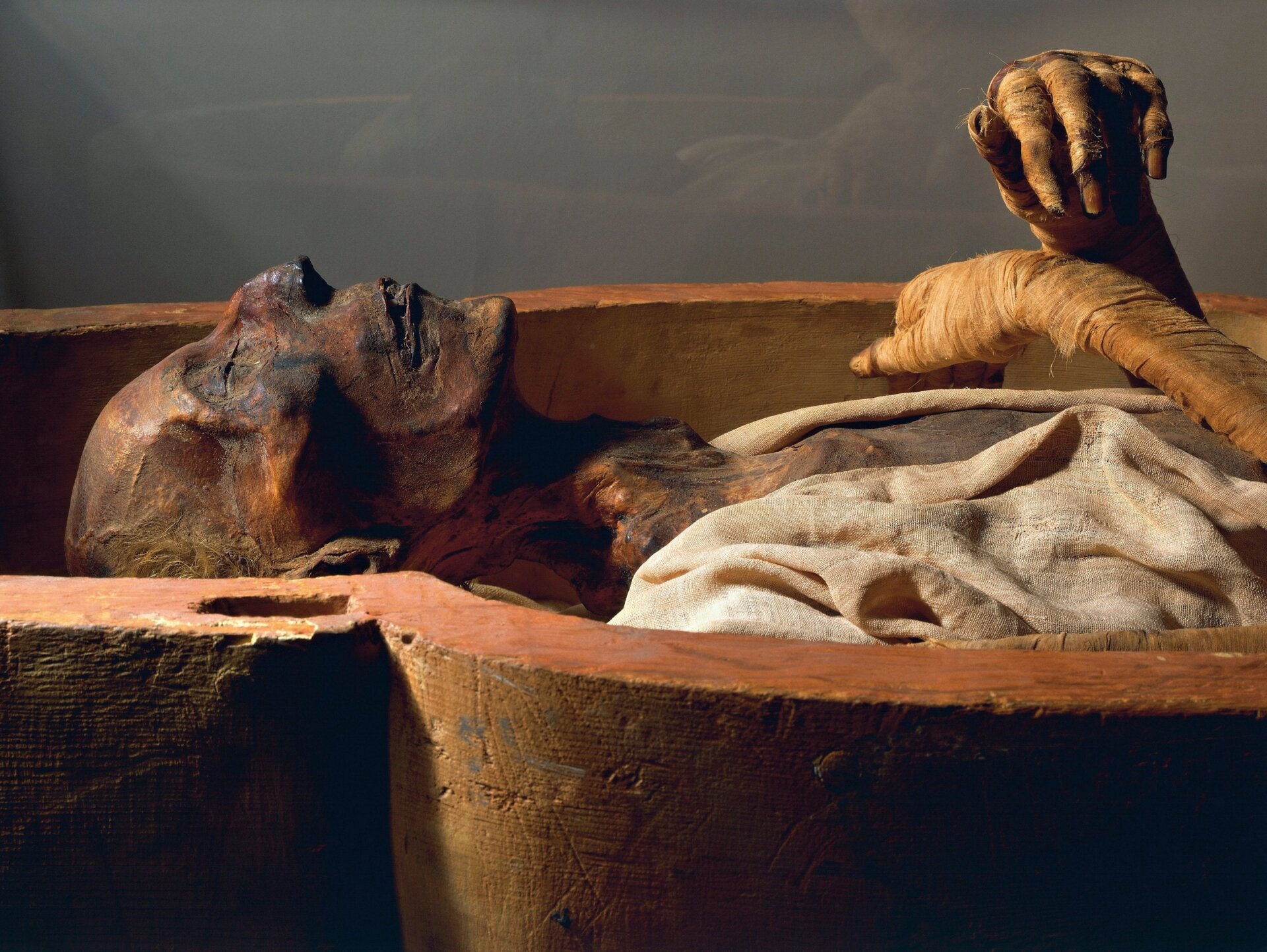 The mummy of Ramesses II.Ramesses II’s mummified remains, remarkably preserved despite centuries of relocation.
The mummy of Ramesses II.Ramesses II’s mummified remains, remarkably preserved despite centuries of relocation.
According to the National Center for Scientific Research (CNRS) in France, the sarcophagus housed two individuals. The first, Menkheperre, a high priest who lived around 1000 BCE, was already known. Menkheperre also served as the throne name for Pharaoh Thutmose III, whose mummy is currently displayed at the National Museum of Egyptian Civilization. The identification of Ramesses II’s cartouche reveals the sarcophagus’s second occupant, highlighting its repurposing over time.
Ramesses II’s mummy underwent multiple relocations after his initial burial, a common practice to deter tomb raiders. It was finally discovered in 1881 at Deir el-Bahari, alongside other royal remains, including those of his father, Seti I. Interestingly, the pharaoh’s mummy was found within a cedar coffin not originally intended for him, according to the Australian Museum.
 Depiction of Ramesses II in a chariot.Artistic representation of Ramesses II in his chariot, symbolizing his power and military prowess.
Depiction of Ramesses II in a chariot.Artistic representation of Ramesses II in his chariot, symbolizing his power and military prowess.
Despite the numerous moves and the mystery surrounding the separation of the mummy from its sarcophagus fragment, Ramesses II’s remains are remarkably well-preserved. This discovery underscores the importance of ongoing archaeological research and the potential for uncovering more hidden historical treasures. While the search continues for other prominent figures like Alexander the Great and Cleopatra, the rediscovery of this sarcophagus piece demonstrates that patience and meticulous study can reveal significant insights into the past.
This new finding connected to Ramesses II emphasizes the intricate history of ancient Egypt and highlights the ongoing efforts to piece together the stories of its pharaohs and their legacies. Further research may shed light on how and why the sarcophagus was repurposed and how the pharaoh’s mummy ultimately ended up in a different coffin.



